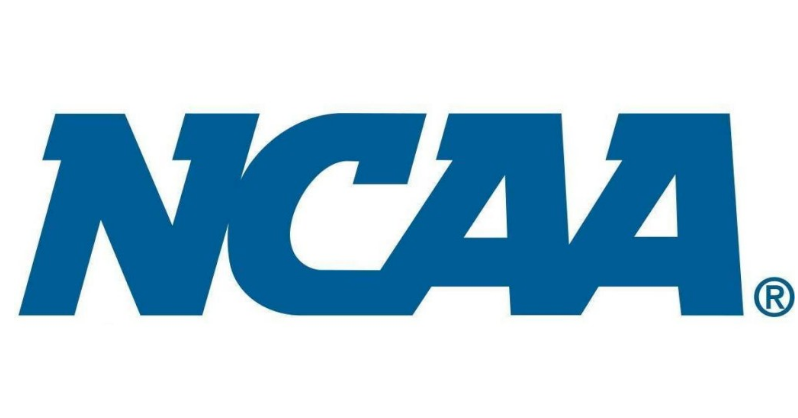The Division I Transfer Working Group will meet later this month to discuss much-needed updates to the NCAA transfer policy.
Two big changes are up for consideration, per the NCAA:
- Allow students who meet specific, high-achieving academic benchmarks to play immediately after the first time they transfer during their college experience.
- Allow prospective student-athletes who have signed a National Letter of Intent to transfer and play immediately if a head coach leaves the school of the student’s choice, as well as under other exceptions already in the rulebook. Because the Collegiate Commissioners Association manages the NLI, this idea would be referred to the CCA for consideration.
The goal is for the group to finalize a proposal by May, so conferences can discuss it at their annual spring meetings. According to Ralph Russo of the AP, the hope is for the NCAA to have to transfer policy rules in place by July.
From the NCAA:
The working group is aiming for a Division I Council vote on its final proposal in June, so it could be considered as a package with the notification-of-transfer legislation already in the Division I legislative cycle.
This could lead to an impact on the 2018 football season, and the 2018-19 basketball season. A lot of that depends on timing and moving quickly, though.
Important Notes
However, if enacted, the conference still have the ability to implement their own transfer rules, like they do now. That’s something that Dennis Dodd touches on this this excellent piece for CBS Sports — a must read on the topic. The ACC can still set its own agenda on certain matters.
The “high-achieving academic benchmark” would reportedly be a 3.0 GPA. This, of course, opens up another can of worms: some colleges/majors are more strenuous academically than others. And as Steve Muma notes at Backing The Pack, athletes could potentially load up on easy courses, enhance their GPA, and use this as a means to move to another school.
On the surface, there’s nothing necessarily wrong with that; if an athlete’s prerogative is maintaining flexibility, then, fine; however, it makes an even bigger mockery of the student-athlete eduction process, which Muma points out, too.
If you’re one that argues that the value student-athletes receive from playing a sport comes in the form of a scholarship for world-class education, then an already flimsy argument would take another hit.
Different for Different Sports: Maybe for not much longer?
In most Division I sports, athletes are allowed a one-time exemption that allows them to transfer without have to sit out. Currently, only five DI sports require athletes to sit for a year after transferring. This makes, basically, zero sense.
These new proposals, which are aimed at curbing the power schools and coaches have at limiting player movement, would change this, possibly quickly.
- Men’s and Women’s Basketball
- Football
- Baseball
- Hockey
Earlier in 2018, the Big 12 proposed a rule that would allow athletes in any sport to transfer without sitting out a year, if his or her coach left for another job. The working group claims to be interested in the Big 12’s proposal, and plans to study more of it. (Think about what initially happened with Braxton Beverly and NC State last fall.)
That doesn’t seem quite like a universal solvent; however, it at least makes things more even for all sports.
Whatever the committee decides upon, the proposed changes are well overdue, and should benefit and empower athletes — up to a certain extent. However imperfect, at the least, this is a step in the right direction.

















